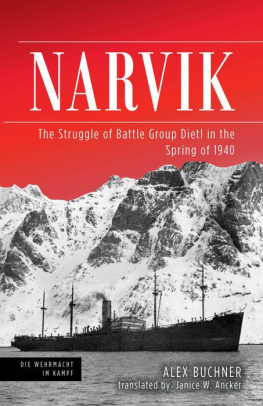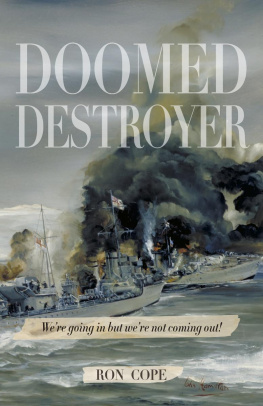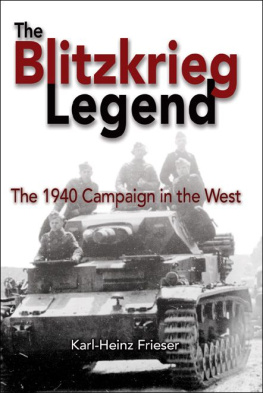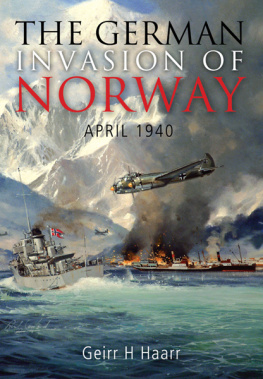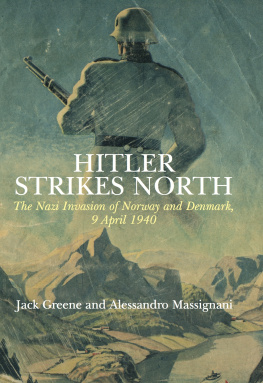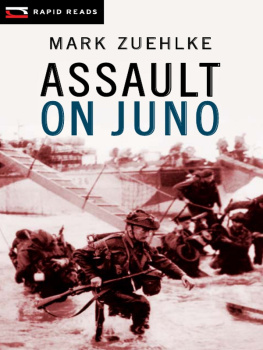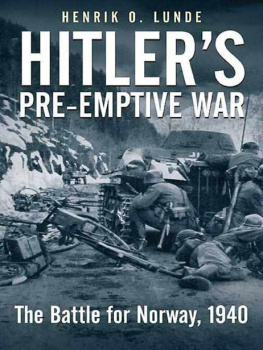AN AUSA BOOK
Association of the United States Army
2425 Wilson Boulevard, Arlington, Virginia, 22201, USA
Published in the United States of America and Great Britain in 2020 by
CASEMATE PUBLISHERS
1950 Lawrence Road, Havertown, PA 19083, USA
and
The Old Music Hall, 106108 Cowley Road, Oxford OX4 1JE, UK
2020 Association of the U.S. Army
English translation Casemate Publishers
Originally published as Die Wehrmacht im Kampf 18: Alex Buchner, Die Kmpfe der Gruppe Dietl im Frhjahr 1940 (Scharnhorst Buchkameradschaft GmbH, Neckargemnd, 1958)
Hardback Edition: ISBN 978-1-61200-917-9
Digital Edition: ISBN 978-1-61200-918-6
A CIP record for this book is available from the British Library
All rights reserved. No part of this book may be reproduced or transmitted in any form or by any means, electronic or mechanical including photocopying, recording or by any information storage and retrieval system, without permission from the publisher in writing.
For a complete list of Casemate titles, please contact:
CASEMATE PUBLISHERS (US)
Telephone (610) 853-9131
Fax (610) 853-9146
Email:
www.casematepublishers.com
CASEMATE PUBLISHERS (UK)
Telephone (01865) 241249
Email:
www.casematepublishers.co.uk
Front cover: The 8,514 ton German supply ship Alster , which was captured by the Royal Navy destroyer HMS Icarus on 11 April 1940 off Narvik. The ship was brought back to the UK where it was renamed Empire Endurance . (IWM HU 104686)
Chapter 8 The Final Battles of Group Narvik
Appendices
Endnotes
Bibliography
Translators Note
Today the rusted hulk of the wrecked destroyer Georg Thiele can still be seen on the rocks of a fjord near Narvik, and there are diving tours of the sunken ships in Narvik harbour. For me, this translation has also been something of a deep-sea dive of its own, providing a glimpse into a world of assumptions and values of times past. Although I frequently had to come up for air, I did my best to leave the tone and historical integrity of this work intact.
I wish to thank my husband, Col Ret C. J. Ancker III for his valuable insight and help with military and weapons terminology.
Janice W. Ancker
Foreword
The German invasion of Norway in 1940 was the first large amphibious operation of World War II. In many ways, the odds were against the German troops: the threat from the British Royal Navy, questions of resupply for a prolonged fight, and other issues meant that a surprise attack was the only option for the Wehrmacht. So swift was the planning for the invasion that, allegedly, the German general tasked with the invasion based his plan on a Baedeker travel guide. It was a gamble, but, like many other gambles in the first half of World War II, it paid off for the Germans. In this operation, the fight for Narvik was probably the most dramatic episode. It was a close-run thing and the Germans came close to defeat: a force of 4,600 German soldiers (2,000 mountain troops and 2,600 sailors from sunk German warships) faced an Allied expeditionary force of approximately 25,000 men, supported by Norwegian troops. Heavily outnumbered and suffering significant naval losses, the German troops stood no realistic chance of success. Narvik, which had been seized by the Germans on 9 April 1940, fell into Allied hands again on 28 May. Hitler was even contemplating issuing an order allowing the German troops to be interned in Sweden. In the end, the Germans prevailed, not least because of greater strategic issues and the German invasion of France, which made the withdrawal of Allied troops necessary. The Germans reoccupied Narvik on 8 June 1940, and Norway remained occupied by the Germans until the end of World War II.
The tenacity of the German soldiers was impressive. And yet, the operation came at a cost, in particular for the German navy, which lost 10 destroyers in the struggle for Narvik. In this book, the author describes these events in detail and the book therefore offers a good overview of the fight for Narvik from the German perspective. It is, however, a book of its time. It was published in Germany in 1958, when the interest of German writers and the public alike concentrated on tactical and operational matters. The wider implications of Nazi ideology, atrocities, and such like, were not comfortable topics for an immediate post-war Germany. This is reflected in this book. Generalleutnant Dietl, who commanded the German troops in Narvik, is praised for his obvious military abilities. His clear support for the Nazi ideology remains unmentioned. The author of this book is not alone in this; for instance, the German Army named a barracks after Dietl, and the name was only changed in 1995. Dietls support for the National Socialists does not negate the impressive military achievement at Narvik, but the actions there have to be seen in the wider context of the Nazi war of aggression.
Prof. Matthias Strohn, M.St., DPhil, FRHistS
Head of Historical Analysis,
Centre for Historical Analysis and Conflict Research
Visiting Professor of Military Studies,
University of Buckingham
Introduction
Much has been written about Narvik, the battle of the German destroyers and mountain troops, and their confrontation with the much superior enemy. Most writing on this subject so far, however, has been based on personal experiences and written in narrative form. Other publications of important military-historical significance focus on political and military developments in the northern European area of operations and descriptions of the overall campaign in Norway, with emphasis on the operations of the German navy (Kriegsmarine).
To avoid duplicating these efforts, the present work will shift focus away from those kinds of depictions, referring to them only briefly where such material is essential to the understanding of the context.
Drawing on the wealth of available material, this volume attempts to provide a complete and coherent overview of the battles in the area of Narvik. This work will go into essential details of the experience, and as much as is possible within its parameters, illustrate the high level of achievement of both troops and commanders and the enormous burden borne by all.
The fighting, which lasted for eight weeks, was carried out by a unit of fighters who had to rely on themselves alone, and was distinguished by the combat expertise of the individual combatants and the creativeness and tactical excellence of General Dietls leadership.

